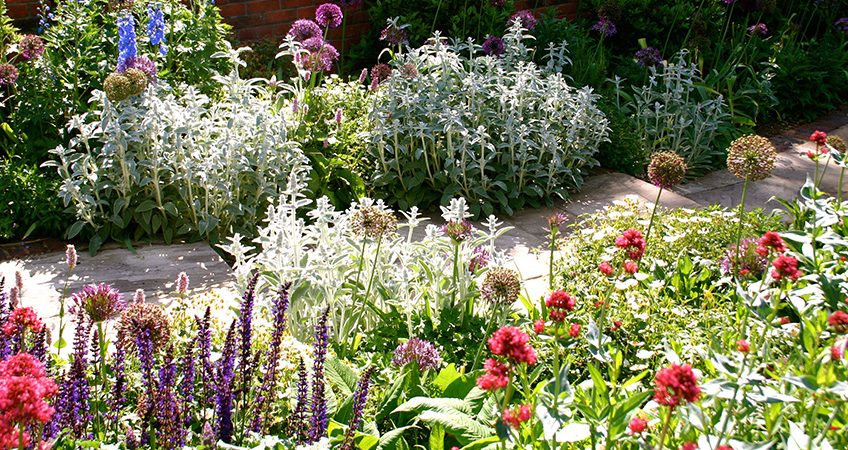How to Plan Your Garden for Year-Round Productivity

Achieving continuous harvests throughout the year requires thoughtful planning and strategic execution. With a gardening schedule, you can ensure your garden remains productive every season. Here are tips to help you design a year-round gardening plan that maximizes yields and keeps your garden thriving.
Understanding Your Growing Season
The first step is understanding your local growing season. This involves knowing the average first and last frost dates, as well as the specific climatic conditions of your area. With this information, you can determine which plants will thrive in each part of the year and how to stagger your planting to maintain continuous production.
Planning for Cool-Season and Warm-Season Crops
Different plants thrive in different temperature ranges. Cool-season crops, such as lettuce, spinach, and broccoli, grow best in the cooler temperatures of spring and fall. Warm-season crops, like tomatoes, peppers, and cucumbers, require summer heat to flourish. Organizing your planting schedule around these temperature preferences can extend your growing season and increase your overall yield.
For example, start by planting cool-season crops early in the spring. As temperatures rise, transition to warm-season crops. Then, as summer wanes switch back to cool-season varieties for a fall harvest. This cyclical approach ensures that your garden remains productive throughout the year.
Using a Garden Planner
A garden planner can simplify the process of designing a year-round gardening schedule. It lets you map out your garden layout, track planting and harvesting dates, and organize succession and companion planting strategies. Many garden planners also offer templates and reminders to help you stay on track throughout the year.
Succession Planting for Continuous Harvests
Succession planting is a technique where you plant a new crop immediately after harvesting the previous one. This method helps you use your garden space to its full potential and keeps your beds productive. For instance, you can plant summer beans in the same spot after harvesting early spring peas. Similarly, after pulling up summer carrots, you can sow fall radishes. You can carefully plan your succession planting schedule to ensure a continuous fresh produce supply.
Utilizing Intercropping and Companion Planting
Intercropping and companion planting involve growing different crops to maximize space and improve plant health. Intercropping, or planting different crops near, can help control pests and diseases, improve soil fertility, and increase yields. For example, planting fast-growing radishes between rows of slower-growing carrots can optimize space and yield.
Companion planting involves pairing plants that benefit each other. For instance, planting basil alongside tomatoes can enhance flavor and deter pests. Similarly, growing beans with corn can provide natural support for the beans while fixing nitrogen in the soil for the corn. These techniques can be integrated into your year-round gardening schedule to maximize productivity.
Incorporating Perennials and Cover Crops
Including perennial plants and cover crops in your garden can significantly enhance soil health and extend your growing season. Perennials, such as asparagus, rhubarb, and certain herbs, return year after year and provide early and late-season harvests. They require less maintenance than annuals and help maintain soil structure.
Cover crops, such as clover, vetch, and rye, are grown primarily to improve soil health. They contribute organic matter, fix nitrogen, and reduce the risk of soil erosion. Planting cover crops during the off-season can prepare your soil for the next round of planting, ensuring that your garden remains fertile and productive.
Season Extension Techniques
To extend your growing season further, consider using season extension techniques like row covers, cold frames, and greenhouses. These tools protect plants from frost and allow you to start planting earlier in the spring and continue harvesting later into the fall and winter.
Row covers are lightweight fabrics that shield plants from cold and pests. Cold frames are simple structures with a transparent lid that captures solar energy, creating a warm microenvironment for plants. Greenhouses offer even more protection and can be used to grow various plants year-round. Incorporating these techniques into your garden plan can help you maintain continuous harvests.
Keeping a Gardening Journal
A gardening journal is invaluable for planning and tracking your year-round gardening activities. Use it to record planting dates, weather conditions, pest issues, and harvest yields. When combined with a garden planner, this information will help you refine your gardening schedule over time, making adjustments based on what works best for your specific conditions.



